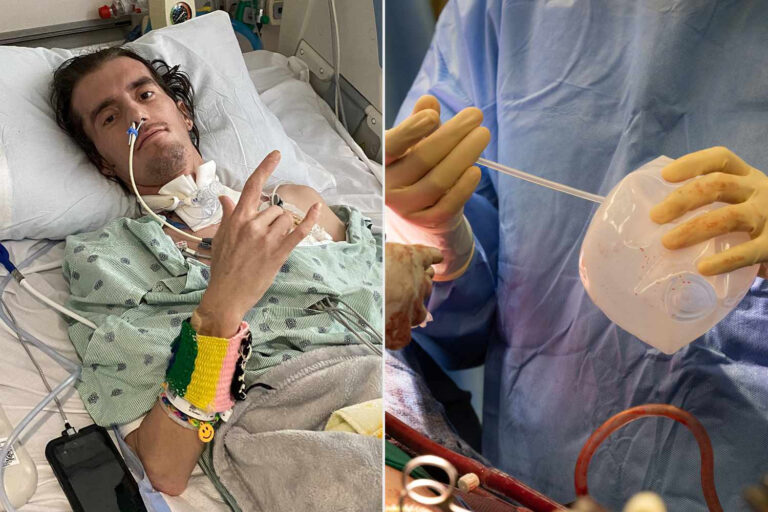In a new medical milestone, doctors successfully transplanted an entire eye at New York University Langone Health . The recipient, Aaron James, a 46-year-old military veteran, had experienced a serious electrical accident at work, resulting in extensive injuries to the left side of his body and face, including his eye.
The surgical team initially planned a partial face transplant for James. However, during the procedure, they made the historic decision to also transplant an eye for cosmetic reasons. It has now been six months since the eye transplant, and there have been no major issues. In general, the patient who received the eye seems to be in good health otherwise. Despite this achievement, it is important to note that James has not yet regained functional eyesight.
Potential eyeball transplanting
Currently, the only part of the eye that can be transplanted for functional transplantation is the cornea, which is the clear, front layer. The recent procedure aimed to demonstrate the possibility of attaching an entire donated eyeball to a person’s body and ensuring its long-term survival.
To enhance the chances of the transplanted eye connecting with Aaron James’ brain through his optic nerves, which is important for vision, the surgical team injected the donor’s harvested stem cells into the optic nerve simultaneously. The surgery took more than a hundred and forty surgeons and twenty-one hours to complete.
Lead surgeon Eduardo Rodriguez, in speaking to Reuters, clarified that while it would be wonderful if some form of vision restoration occurred, the primary objective was to execute the complex technical aspects of the operation.
No signs of vision yet in whole-eye transplant
As of now, the transplanted eye appears to be thriving six months after the procedure. The medical team has observed healthy blood vessels supporting the eye and a retina that looks promising, as reported by Reuters. However, despite these positive signs, James has not experienced any vision in the transplanted eye, and the team has not observed any communication between the eye and his brain.
There is still a possibility of restoring some eyesight, according to Dr. Eduardo Rodriguez, the lead surgeon. The medical team intends to continue closely monitoring James’ progress. Even if vision is not fully restored, the insights gained from this transplant procedure could pave the way for significant breakthroughs in the field.
The team envisions the potential to combine this procedure with emerging technologies designed to restore vision, such as electronic implants that mimic the communication between optic nerve cells and the brain.
Source: Greek Reporter



